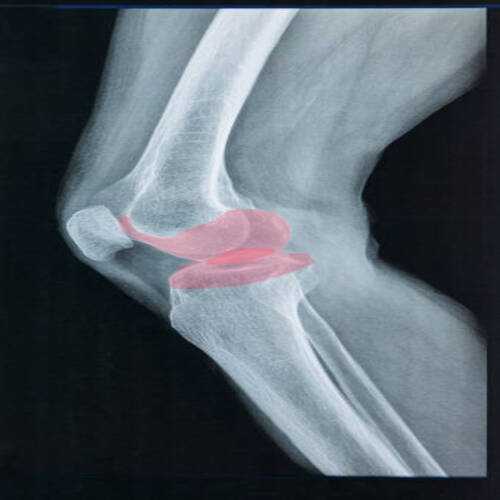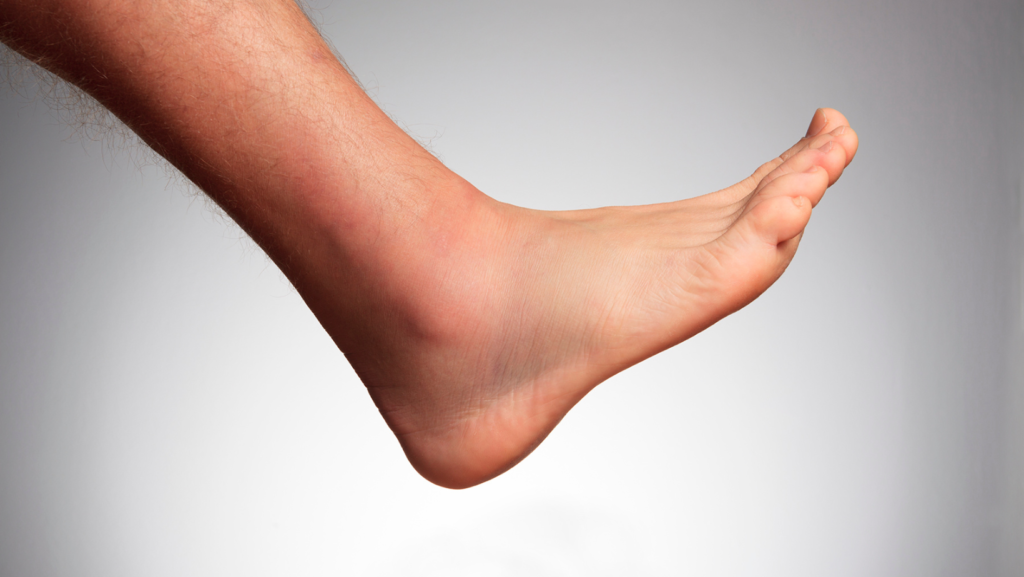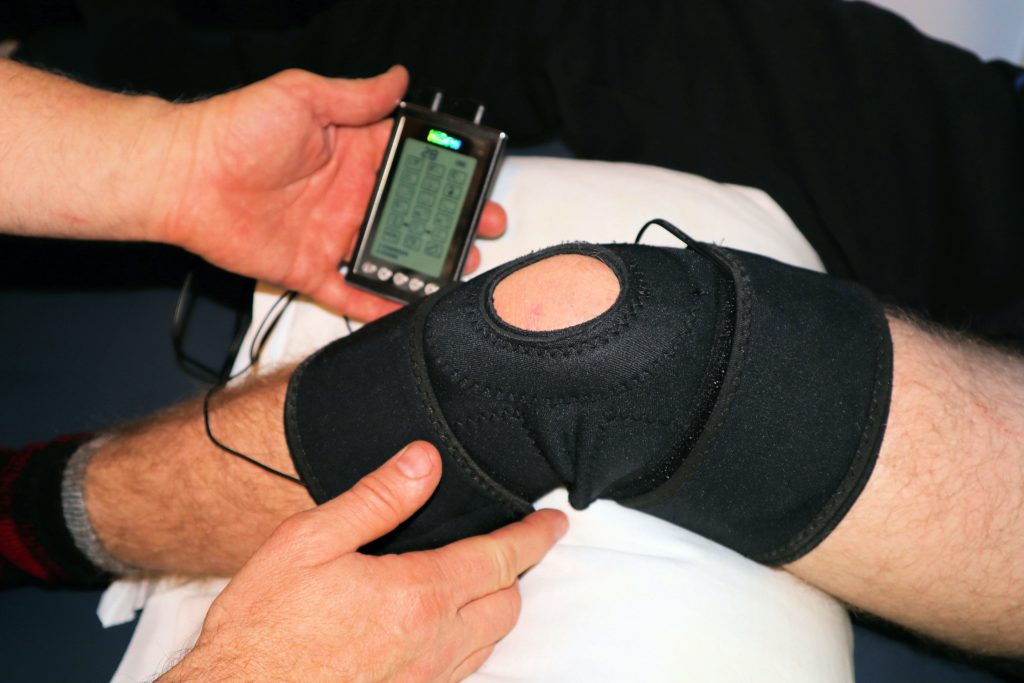Hamstring injuries are common in athletes and can be quite debilitating. If you are experiencing any of the following symptoms, it is important to seek medical attention right away.

The Hamstring And Hamstring Injuries
A hamstring injury is a common sports injury that occurs when the muscles or tendons in the back of the thigh are stretched beyond their limit. The hamstrings are a group of three muscles that extend from the hip to the knee, and they are responsible for bending the knee and extending the hip.
The hamstring muscles are located at the back of the thigh. It consists of three muscles: the biceps femoris, semitendinosus, and semimembranosus. The hamstring muscles help to move the leg back and forth and also play an important role in stabilizing the knee joint.
Classification Of Hamstring Injuries
Hamstring injuries can range from mild to severe and are typically classified based on the extent of tissue damage. These classifications are:
Grade 1
A grade 1 hamstring injury is considered mild, and it typically involves some hamstring strain, pain, and tenderness but does not require surgery.
Grade 2
A grade 2 hamstring injury is more severe, and it often results in a partial tear of the hamstring muscles.
Grade 3
Grade 3 hamstring injuries are the most serious, and they involve a complete rupture of the muscle.
What Causes Hamstring Injuries?
Hamstring injuries are a common occurrence in both athletes and non-athletes. A hamstring injury can occur when:
- The leg muscles are either stretched too far or contracted too forcefully.
- Repeated overuse of the hamstring muscles is a common cause of a hamstring strain, as is a sudden change in activity level.
- Poor flexibility and weak muscles can also contribute to the development of a hamstring strain.
10 Symptoms Of A Hamstring Injury
Hamstring injuries are relatively common, especially among athletes who participate in sports that involve running and jumping. Here are 10 symptoms of a hamstring injury:

1. Sudden, Sharp Pain In The Back Of The Thigh
Hamstring strains are one of the most common injuries in sports, and they can range from mild to severe. One of the most distinctive symptoms of a hamstring injury is a sudden, sharp pain in the back of the thigh. This pain typically comes on suddenly, and it can make it very difficult to walk or even stand.
2. A Popping Or Snapping Sensation
A hamstring injury is a common sports injury that can cause a popping or snapping sensation in the leg. A hamstring is a group of three muscles that run down the back of your thigh from the hip to the knee. These muscles help to flex the knee and extend the hip. A hamstring injury occurs when these muscles are overloaded or overstretched.
3. Swelling And Bruising
Swelling and bruising in your leg can be an early symptom of a hamstring injury. Swelling and bruising may occur immediately after the hamstring strain, or they may develop over the next few days.
The swelling is caused by fluid build-up around the injured muscle, and the bruises are caused by bleeding from small blood vessels that have been ruptured by the force of the injury.
4. Difficulty Walking Or Bending Your Knee
One of the most common symptoms of a hamstring injury is difficulty walking or bending your knee. This is because the hamstrings are responsible for helping to extend the leg and allow for movement at the knee joint.
5. Weakness Or Instability In The Affected Leg
When there is hamstring strain, it can cause pain and weakness in the injured leg, making it difficult to move the joint. In some cases, the pain may be so severe that you are unable to put any weight on the leg.
6. Numbness Or Tingling In The Leg
Numbness or tingling in the leg is often a symptom of a hamstring injury. The hamstrings are the muscles that run along the back of your thigh, and they are responsible for bending the knee and extending the hip.

7. Muscle Spasms
When the leg muscles are injured, they can become overloaded and start to spasm. This can cause pain and difficulty moving the leg. In some cases, the muscle may even feel hard and knotty.
Muscle spasms usually occur when there is pulled hamstring, such as during a sudden movement or when trying to lift a heavy object. However, they can also happen gradually over time as the muscle becomes weaker and less able to support the weight of the body.
Other symptoms of a hamstring injury include:
8. Inability to fully extend the leg
9. Chronic pain in the back of your thigh
10. Pain that worsens with activity or movement
Treatments For A Hamstring injury
Treatment for a hamstring injury typically includes rest, ice, compression, and elevation (RICE).
1. Rest
When it comes to treating a hamstring injury, rest is often recommended as the best course of action. By taking a break from activities that put stress on the muscles, tendons, and bones in the leg, the body is able to focus on healing. This can help to reduce inflammation and swelling, as well as promote the growth of new tissue.
2. Ice
Ice helps to reduce inflammation and pain, and it also promotes healing by decreasing the tissue’s temperature and constricting blood vessels. When applied correctly, ice can be a highly effective treatment for hamstring injuries.
3. Compression
Compression is a common treatment for injuries, including hamstring strain. The goal of compression is to reduce swelling and pain by applying pressure to the affected area.
This can be done with an elastic bandage, wrap, or special garment. Compression should be tight enough to provide support but not so tight that it cuts off circulation. treatments, such as icing and rest.
4. Elevation
Elevation entails raising the injured leg above the level of the heart, and this helps to decrease swelling and improve blood circulation. In addition, elevation can help to reduce muscle spasms and promote healing.

Conclusion
If you are experiencing any of the symptoms listed above, it is important to see a doctor or medical professional as soon as possible. Early diagnosis and treatment can help to reduce the severity of the injury and promote healing.
There are many different treatments available for hamstring injuries, like strengthening exercises. And the best course of action will often depend on the specific circumstances of the injury.
If you have a hamstring strain, it is important to follow your doctor’s instructions for physical therapy and rehabilitation. With proper care, most people are able to recover from a hamstring injury and return to their normal activities.
However, severe or untreated injuries can lead to long-term problems, such as chronic pain and disability.
